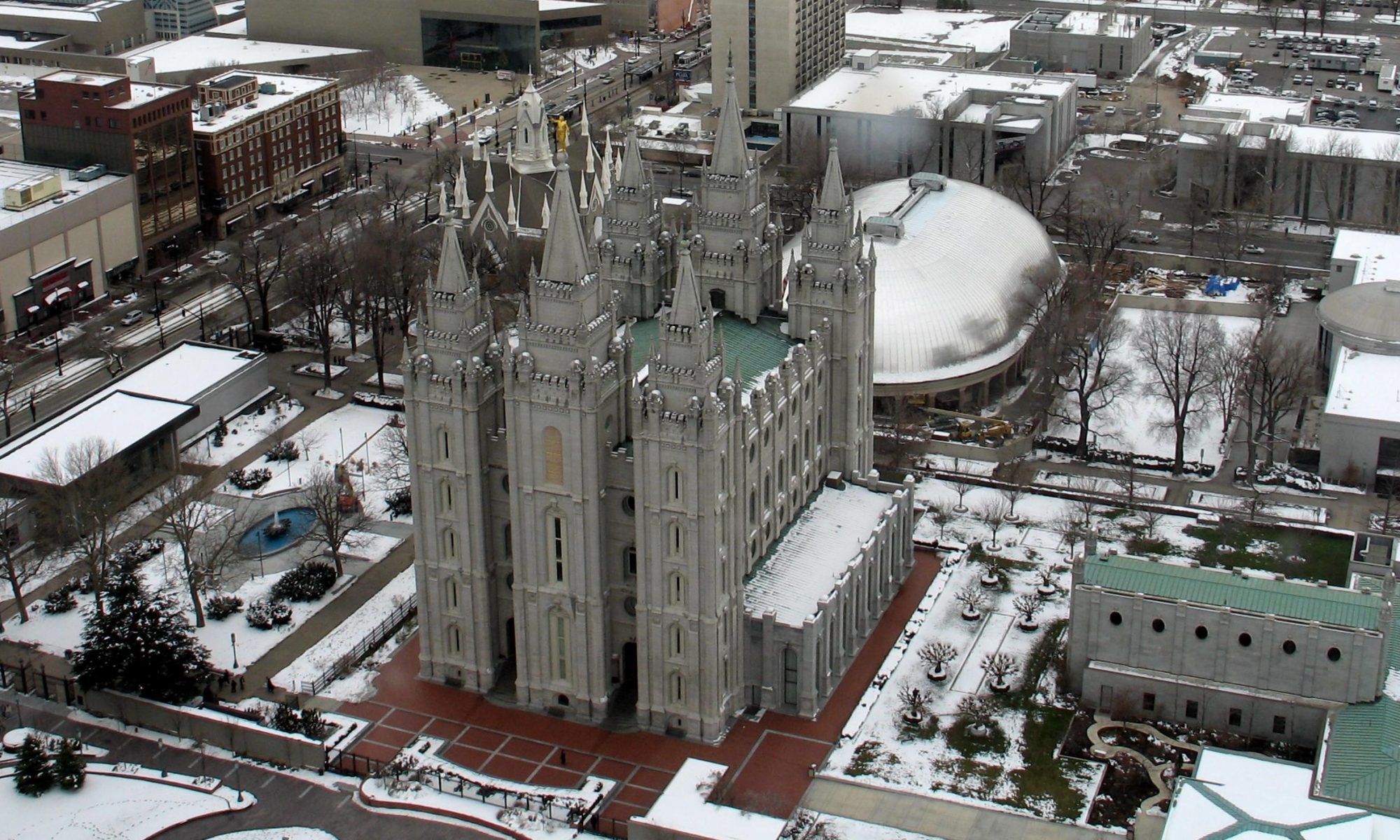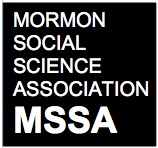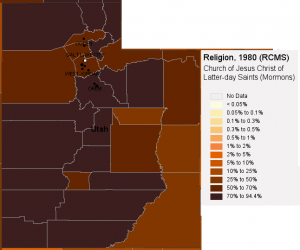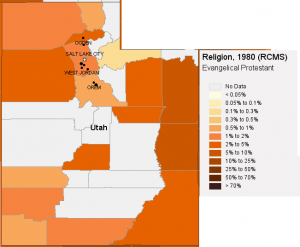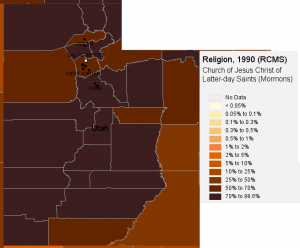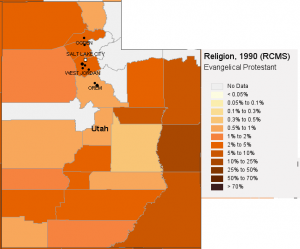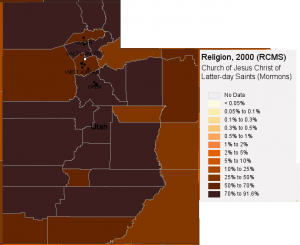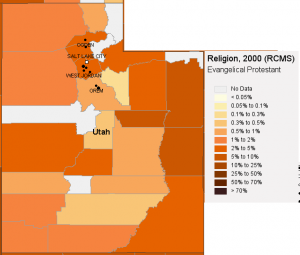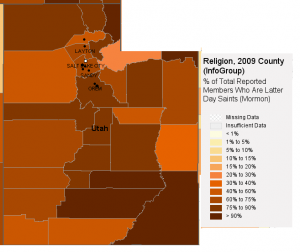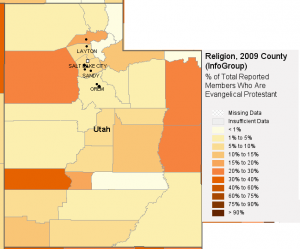Brigham Young University-Idaho Posting Details
Official Title:
Full-time Faculty – Sociology
Department:
Sociology And Social Work
Position Type:
Faculty
Position Summary:
Teach core sociology courses in a comprehensive sociology program. Assignments could include theory, research methods, and statistical analysis. Teach general courses in inequalities and institutions, with an open emphasis. Additional responsibilities include mentoring student research and internship activities, advising students, and fulfilling other department and university assignments. Throughout their careers, all BYU-Idaho faculty are expected to actively pursue professional development opportunities in learning and teaching and ongoing scholarly development within their discipline.
Knowledge, Skills and Experience:
Doctorate in Sociology preferred; ABD applicants will be considered with the stipulation that continued employment will be based upon the completion of a doctoral degree. Applicants must have a demonstrated commitment to and evidence of excellence in teaching. Applicants must be members of the Church of Jesus Christ of Latter-day Saints and eligible for a temple recommend.
Work Schedule:
To be determined by department chair.
Anticipated Start Date:
08-20-2012
Salary:
Dependent on education and experience.
Posting Date:
11-11-2011
Closing Date:
Open Until Filled
Required Applicant Documents:
Resume
Cover Letter
Transcript 1
Optional Applicant Documents:
Curriculum Vitae
Letter of Reference 1
Letter of Reference 2
Letter of Reference 3
Other Document
Transcript 2
Transcript 3
Special Instructions to Applicants:
Original transcript of degrees earned is required and must be mailed by the university to the following address:
Mr. Kelly T Burgener
Associate Academic VP for Instruction
210 KIM
BYU-Idaho
Rexburg ID 83460-1690
Contact Info:
Peggy P. Clements
210 KIM
Academic Office
BYU-Idaho
Rexburg ID 83460-1690
208-496-1140
clementsp@byui.edu
